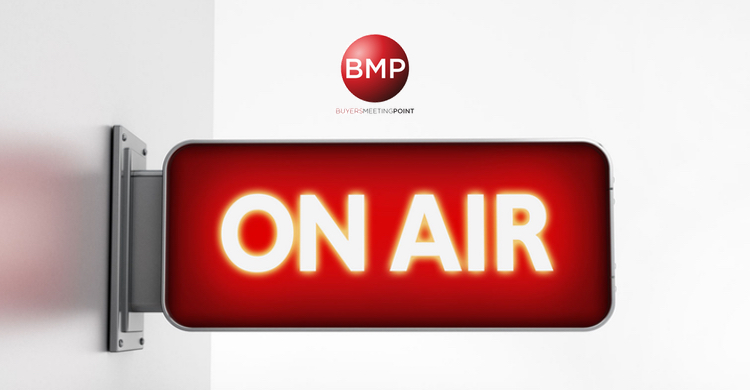
The ISM-New York Report on Business is released on the second business day of each month at 9:45am ET. The Report, which was first run in 1917, is a highly regarded indicator of business conditions in the New York Metro area including a six-month outlook, employment index, and current and expected revenues.
The October ISM-New York Report on Business was released on November 2nd at 9:45am Eastern and is available for download. I will add a link to it on today’s episode page.
For anyone new to either the ISM-New York Report on Business, or the national or other regional reports for that matter, the survey results are compiled as diffusion indices – meaning we take the percent of positive responses plus one-half of those responding that conditions remained the same (which we consider positive). A reading of 50% means no change from the prior month, greater than 50% indicates a faster pace of activity, and less than 50% a slower rate. Each month is not so much a reading of the current level of activity as it is a trend up, down, or the same from the previous month. As I run through the numbers in a minute, you can consider anything above 50 good news and anything under it… well, not so much.
A note specific to the New York Metro area, where all of this report’s respondants are located: they are predominantly in services industries: information services, finance, insurance, scientific, technical, and educational. While I’m sure that does not come as a surprise, it is important to keep in mind when you think about the trends being reported by purchasing managers through this report.
Report Rundown
In October, New York City purchasing managers reported modest improvements to a number of indices, while indicating reduced purchasing quantity and current revenues.
Current Business Conditions came in at 51.6 in October, up just a little from 49.7 in September. Although this doesn’t sound like a big move, it has two important attributes. In addition to limiting the consecutive time below the breakeven point of 50.0 to one month, October also marks the first time business conditions have increased since July. That is notable – since we’ve been on a 3 month slide.
The Six-Month Outlook increased to 62.6 in October. The outlook has alternated between the low 60’s and high 50’s for five months in a row, and that pattern continued this month. The six-month outlook has been a reliable short-run guide for current business conditions over time.
Employment, one of the seasonally adjusted indices, was 54.8 in October, moving into growth territory for the third time in 2017. Quantity of Purchases fell to a 14-month low in October, down to 45.0 from 48.1 in September.
News for the top line and forward guidance were mixed in this month. Current Revenues came in at 45.5 in October, down from the breakeven point of 50.0 in September. Expected Revenues increased from September’s 20-month low of 52.0 to 63.6 in October. With two exceptions, 52.0 in September and 80.0 in March, expected revenues have been between 60 and 70 for the last 13 months.
Prices Paid fell just short of reaching the highest point of 2017, coming in at 60.0 in October.
Further Consideration
If I divide this month’s findings into good news and bad news, it is great that the majority of the indices were up, even if not by much. In fact, only two went down: quantity of purchases and current revenues, so let’s think about what that might mean.
The fourth quarter is often a slower time of year, on both the supply and demand sides of the equation. Remembering that we are predominantly dealing with services firms, their purchases probably fall into three very high level categories: indirect spend, real estate and facilities, and services they purchase themselves.
If demand for services is down, then indirects (including travel) would naturally come down as would the consumption of additional 3rd party services. Real estate and facilities spend (huge expenses in New York) would be relatively fixed, unaffected by changes in demand or output. This may actually be a time of repositioning for 2018. If employment is up, outlook is up, and expected revenues are up, we have reason to hold out hope that, come January, current demand and revenues will be up as well.
Remember to check back in on Monday, December 4th for the release of the November report, the last of this calendar year.
Links and Resources:




